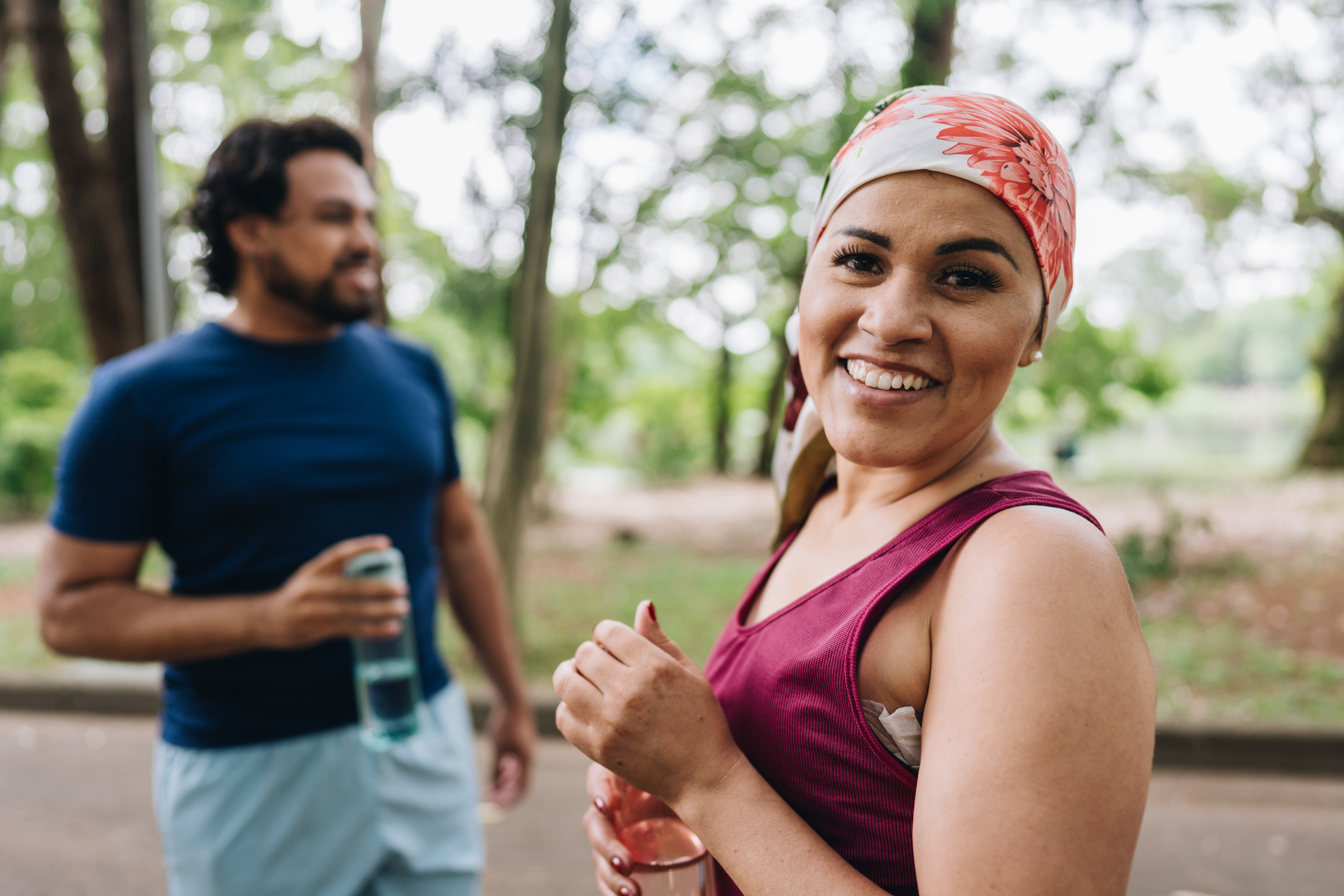
Table of Contents
Why Oversharing Can Be a Trauma Response, According to Therapists

Written By: Sarah Fielding

Clinically Reviewed By: Cecilia Masikini
June 25, 2025
4 min.
Oversharing is part of the fawn trauma response. Here’s what you need to know about how oversharing as a trauma response presents and how to cope with it.
Learn more about our Clinical Review Process
Table of Contents
Do you ever find yourself trauma dumping things or telling someone more than you expected you would? Have you ever told someone a more vulnerable story or a past traumatic experience in hopes of gaining their trust? The question really is, do you overshare?
Oversharing can stem from many things, one of which is difficult experiences. In the case of oversharing as a trauma response, you might tell someone things sooner or to a greater depth than you might have otherwise.
“A person may disclose deeply personal or vulnerable information early in a relationship or setting, hoping it will foster connection, trust, or validation,” says Charlie Health Group Facilitator Bree Williams, LPCA. Read on to learn why you might trauma dump, and how to cope with it to improve your relationships.

Oversharing can be a sign of something bigger
Charlie Health’s virtual, trauma-informed programs help you build self-awareness, set healthy boundaries, and heal in a safe, supportive environment.
What is a trauma response?
A trauma response often stems from your body’s natural instincts to survive. It’s “any emotional, behavioral, or physiological reaction someone has when they experience or are reminded of a traumatic event,” says Williams. “Trauma doesn’t just leave emotional scars; it shapes how someone navigates relationships, boundaries, and safety. Many trauma responses are subconscious and rooted in a person’s past experiences of trying to protect themselves from emotional or physical harm.”
As Charlie Health Group Facilitator Clary Figueroa, MSW, puts it, a trauma response is not something a person chooses to experience. It’s “It’s more like our nervous system doing what it thinks it needs to do to protect us,” she explains.
There are four main types of trauma responses, including two well-known ones: fight and flight. According to Williams and Figueroa, here’s what you should know about each trauma response.
Fight
Flight
Freeze
Fawn
You might exhibit behaviors that are defensive, aggressive, or confrontational.
This trauma response could make you avoid other people, responsibilities, or places that make you feel unsafe, even if they don’t pose any danger to you.
A person exhibiting this trauma response might feel numb, stuck, disconnected, or unable to make a decision.
This is the trauma response associated with oversharing. You might also engage in people-pleasing, over-apologizing, or prioritizing other people’s needs to meet your own.
- Fight: You might exhibit behaviors that are defensive, aggressive, or confrontational.
- Flight: This trauma response could make you avoid other people, responsibilities, or places that make you feel unsafe, even if they don’t pose any danger to you.
- Freeze: A person exhibiting this trauma response might feel numb, stuck, disconnected, or unable to make a decision.
- Fawn: This is the trauma response associated with oversharing. You might also engage in people-pleasing, over-apologizing, or prioritizing other people’s needs to meet your own.
“Each response serves a survival function — and none of them mean someone is ‘broken,’” says Williams. “With compassion, support, and the right tools, people can learn to respond rather than react, building safer and more balanced connections with themselves and others.”
Oversharing as a trauma response
“Oversharing can be a form of the fawn trauma response, where someone instinctively tries to please or gain approval to avoid conflict or abandonment,” says Williams. “For trauma survivors, especially those who’ve experienced neglect or emotional invalidation, oversharing can feel like a fast-track to safety or intimacy — even if it bypasses healthy relationship pacing.”
Figueroa adds that you might also overshare intimate details to avoid feeling rejected or unseen. She notes that you might have the thought process, “If I tell you everything now, maybe I won’t get hurt later.” Also, you might overshare if you’re experiencing a safe space for the first time where you can relay or process information, she says.
What qualifies as “oversharing” is very subjective. The act of it can sometimes lead to closer bonds and not actually be oversharing at all. However, it can also have negative consequences for both your well-being and your relationships. According to Williams, issues that might arise from oversharing include:
- Discomfort, whether from sharing more than you wish you had or by making the other person feel obligated to also discuss personal things about themselves
- Violating boundaries that you have with the other person
- Vulnerability hangovers, such as emotional regret after disclosing too much
There’s also the issue of telling such personal information to a person you don’t know that well or don’t have a deep relationship with yet. “It can feel exhausting or disconnecting when people don’t respond in the way we hoped, which can lead to more hurt,” says Figueroa. “Relationships can become unbalanced when one person is always doing the emotional heavy lifting.”
Treating trauma symptoms with therapy

Each person’s past trauma and mental health are unique, as is their response to that experience. Receiving tailored trauma therapy from a certified therapist can be a big step in coping with your personal trauma, whether you have unresolved trauma or have been on a healing journey. Professional help can also provide support in navigating symptoms, such as having a fawn response. “Working with a therapist can help create more awareness around the urge to overshare and build trust and boundaries over time,” says Figueroa.
Williams adds that “treatment involves building self-awareness, identifying emotional triggers, and learning boundary-setting skills. Modalities like trauma-informed therapy, somatic experiencing, and cognitive behavioral therapy (CBT) can help individuals regulate their emotions and share at a pace that honors their healing.” Creating personal boundaries, working on emotional dysregulation, and finding healthier ways to cope.

How Charlie Health can help
If you or a loved one is struggling with a mental health disorder, Charlie Health is here to help. Charlie Health’s virtual Intensive Outpatient Program (IOP) provides more than once-weekly mental health treatment for dealing with serious mental health conditions, including anxiety, trauma, and more. Our expert clinicians incorporate evidence-based therapies into individual counseling, family therapy, and group sessions. With treatment, managing past traumatic experiences is possible. Fill out the form below or give us a call to start healing today.




